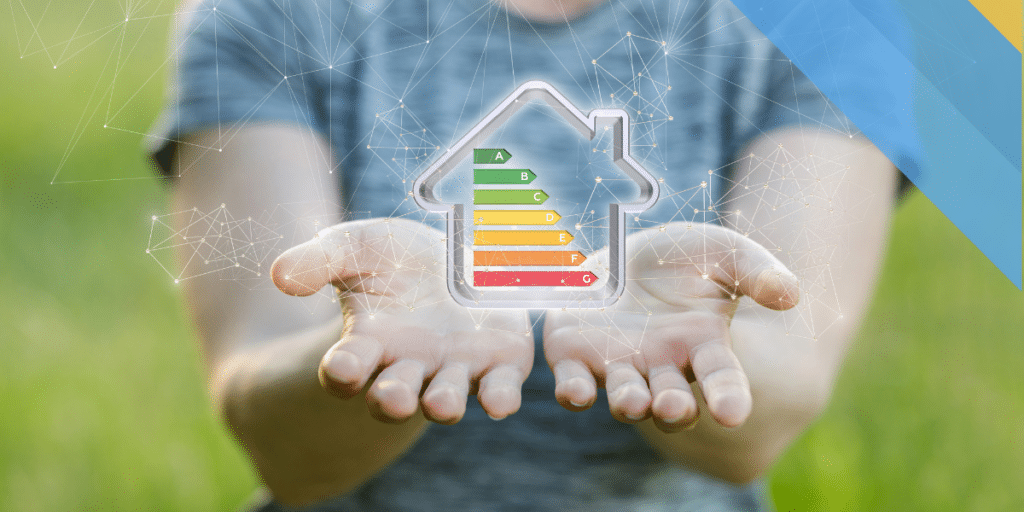Based on a mix of regulations and demand from consumers there’s a new type of utility billing that’s beginning to change the face of energy markets around the world – and particularly across North America. It’s called supplier consolidated billing (SCB).
Some states across the US, as well as Alberta in Canada, have already implemented supplier consolidated billing, while just last month (March 2022) Maryland has published new rules governing this new method of utility billing. It’s expected that more states will follow in the coming years.
With that in mind, in this blog we’re going to take a look at what exactly supplier consolidated billing is, how it’s different from utility consolidated billing and what it means for utility providers.
What is supplier consolidated billing?
Supplier consolidated billing has been a popular topic amongst both legislators and consumers for quite a few years now. That’s because in many states and jurisdictions energy has been de-monopolized, meaning customers can now select an electricity or gas supplier other than their incumbent utility.
The problem is, charges for energy supply are rolled into a bill (known as utility consolidated billing), which is branded and sent by the incumbent utility that remains responsible for collecting all charges. The energy supplier’s charges are included somewhere in small text, making it almost invisible for the end-customer.
Supplier consolidated billing aims at making all of these charges visible, reinforcing that the customer is indeed in a position to choose.
With supplier consolidated billing, customers receive one utility bill from their provider with a detailed breakdown of charges from both their energy supplier and distributor – so they know exactly what they are spending and where.
{{cta(‘d7fdea4c-12c2-493e-b13b-57de94329e85′,’justifycenter’)}}
When it comes to the utility industry, particularly the traditionally-operated utilities who have yet to adopt a customer portal, the bill is one of the only ways in which utility providers interact with their customers. With supplier consolidated billing, the utility bill becomes an important customer engagement tool that can help customers better understand their utility and how they can save money.
What is driving the move towards supplier consolidated billing?
The drive towards supplier consolidated billing has been down to primary reasons. Firstly, changes in regulations, such as the move by Maryland and other states (which we will discuss further in the next section of this blog), as well as interest from consumers who demand a more competitive utility market.
Supplier consolidated billing streamlines the billing process and visibly displays to the customers what they’re being charged, what for and how much. This gives utility customers more insight into how they can save money and what services best suit their unique needs.
We expect other jurisdictions to follow with supplier consolidated billing
States like Ohio, Pennsylvania and Maryland have long been studying customer billing practices and participating in supplier consolidated billing to see if implementation of this billing model would be successful.
Meanwhile, jurisdictions such as Texas (electricity), Georgia (natural gas) and Alberta (electricity and natural gas) have already implemented supplier consolidated billing. The move from Maryland in March 2022 means it joins these jurisdictions as the first northeastern jurisdiction in the US to implement supplier consolidated billing.
We expect in the coming years other jurisdictions to follow Maryland’s example and implement supplier consolidated billing.Interested in learning more about supplier consolidated billing and how a move would impact how your utility engages with its customers? Get in touch with Silverblaze today. Our team of utility customer experience experts would love to answer your questions.
{{cta(‘2b7d1ae2-2dcc-404c-8947-970f7deb02c6′,’justifycenter’)}}



